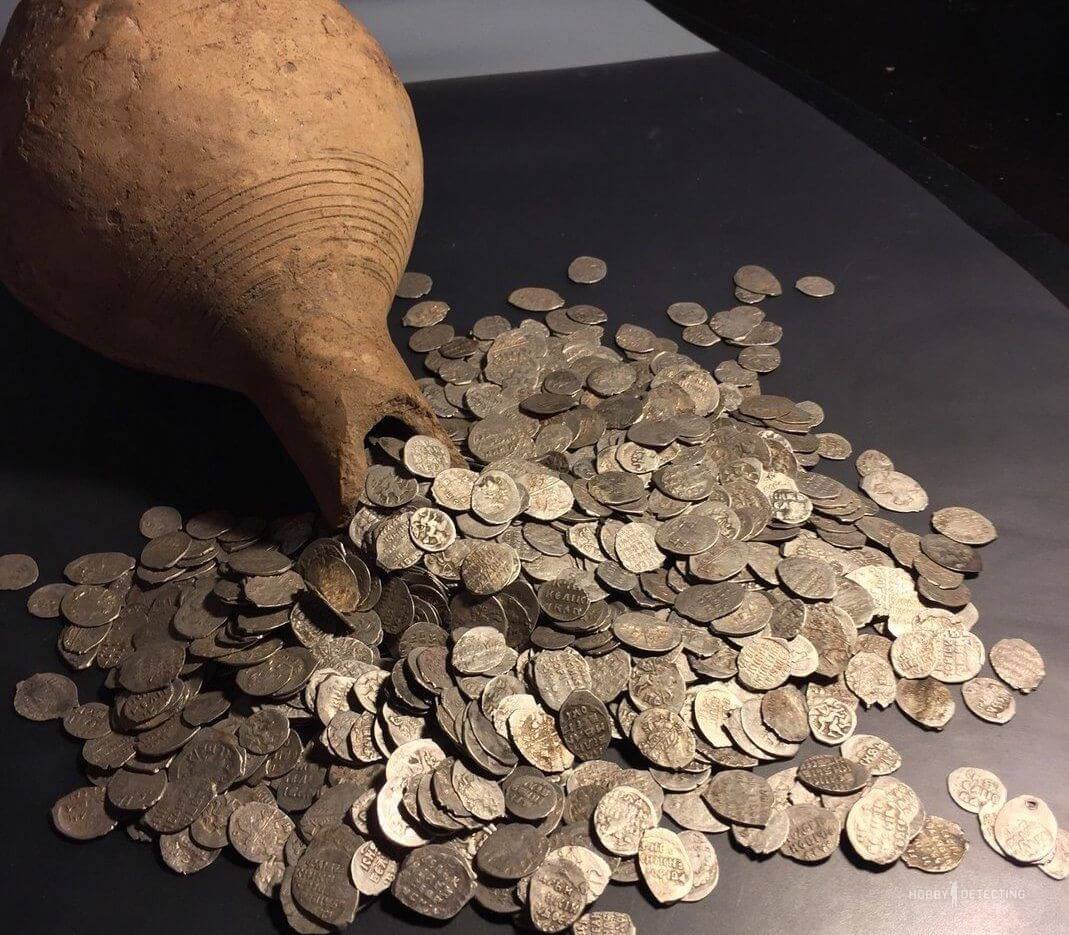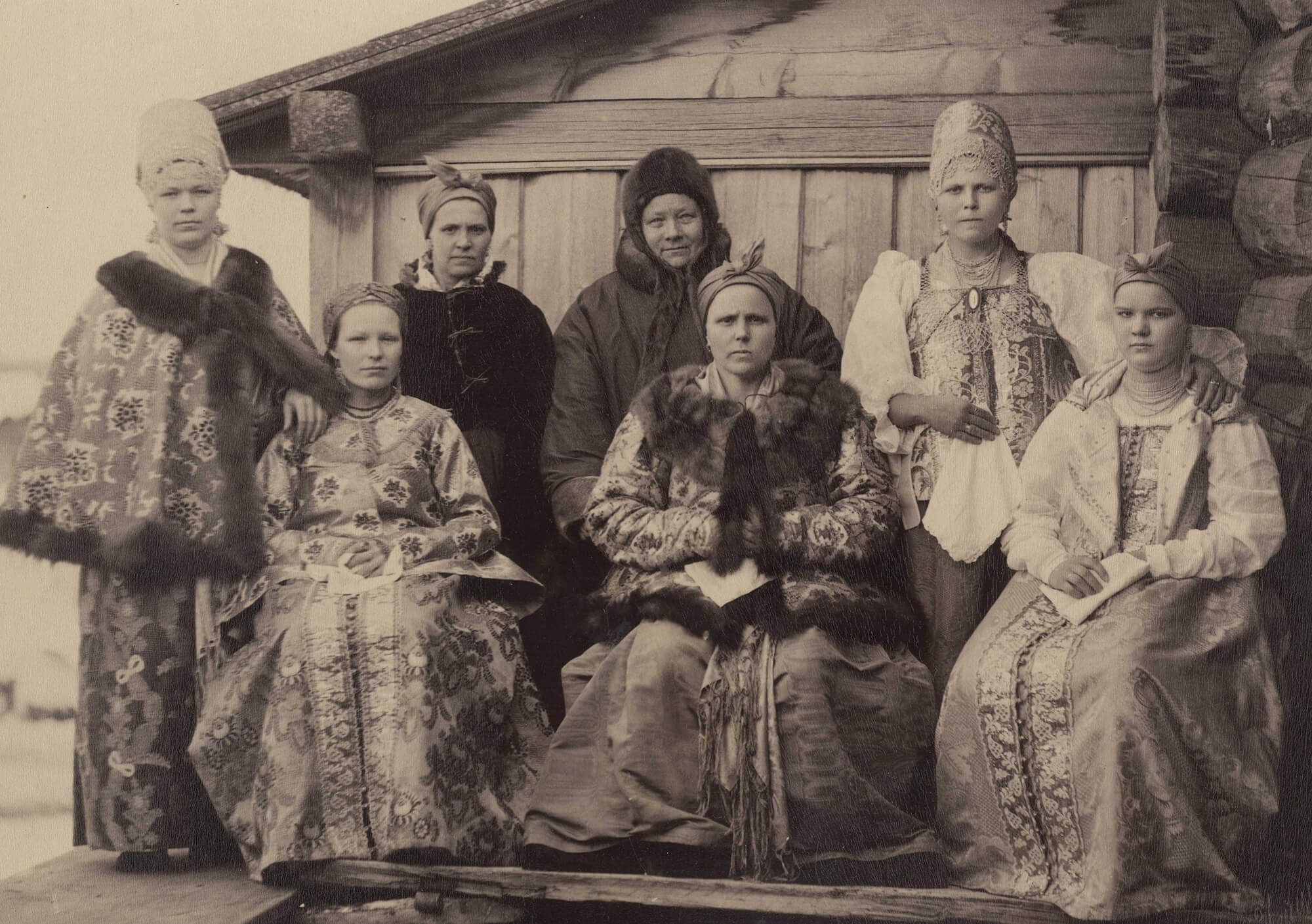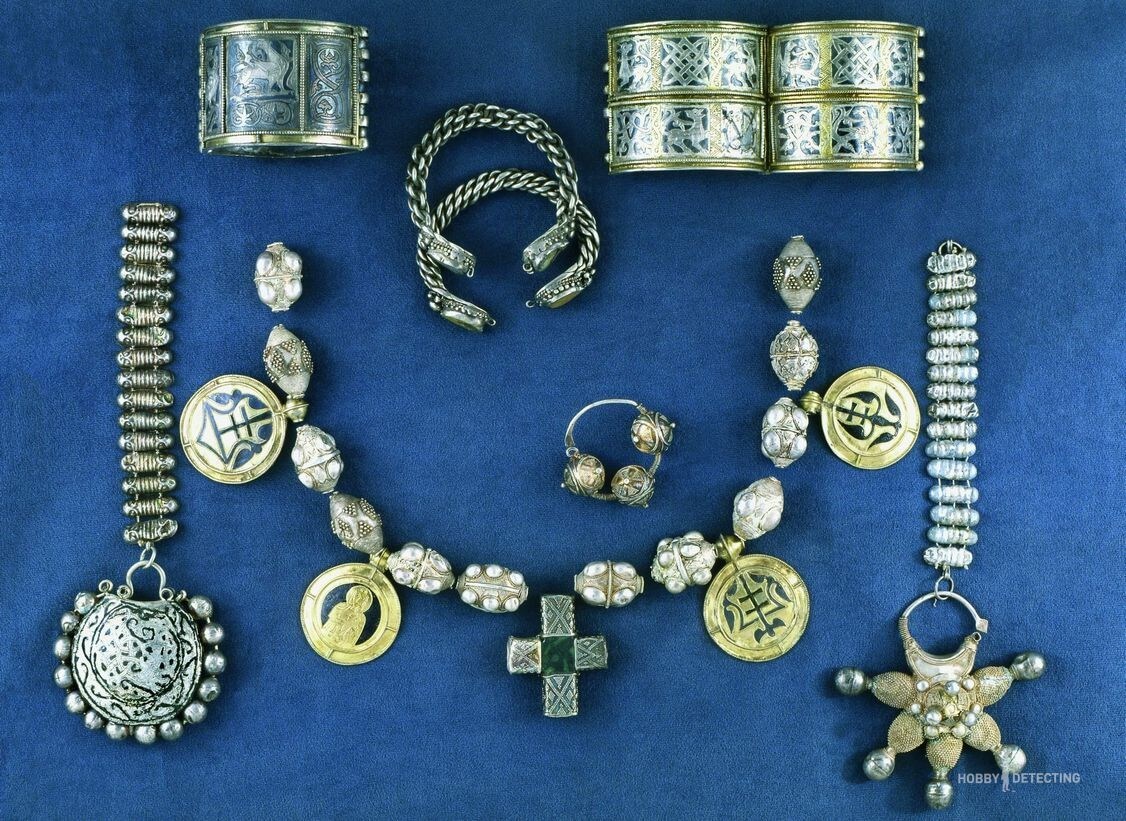Five interesting and surprising facts about treasures in Russia
Who doesn’t dream of finding a treasure? Well, or your husband’s stash??? Suddenly receive an inheritance or win a couple of million rubles in the lottery. Although it is the stories about the treasures found that are covered with a large number of legends, tales, fantasies and sometimes stories that are one hundred percent true. I bring to your attention a rather interesting and sometimes funny selection of facts about treasures and treasure hunting in Russia.

- According to statistics from provincial accounting commissions on the registration and study of treasures declared by the population of the provinces, at the end of the 19th and early 20th centuries, the most common type of treasure was money (scales) from the reign of Ivan IV the Great (the Terrible).
From the point of view of economics and historical processes, this fact speaks of the high economic development of the Russian kingdom during the reign of Ivan the Great. The presence of such a number of treasures characterizes a period of rapid accumulation of capital, an increase in the purchasing power of the population and the well-being of citizens.
Oddly enough, the period of time after the reign of Ivan the Great, called by historians the Time of Troubles, accounts for the minimum number of treasures. To make it clear, we are talking about treasures containing not only the money of Ivan the Terrible, but also coins minted by Godunov, Shuisky and Moscow boyars on behalf of Vladislav Zhigimontovich. So there is no reason to assert that a large number of treasures from the time of Ivan the Terrible are the result of wars, devastation and bandit revelry of the troubled times
Such a large number of treasures of money with the coinage “Tsar and Grand Duke Ivan” refutes the idle and established opinion that during the reign of Ivan the Terrible, life was bad, terrible and nightmarish for the people. The rapid development of trade, agricultural and industrial production led to an increase in the well-being of a large number of citizens. And, due to the lack of banks, there were already such in Europe, accumulated capital had to be stored in small boxes, buried in the basements of their houses.

- The largest number of treasures found by peasants of the Russian Empire was recorded in the first years after the abolition of serfdom. To be precise, it is correct to say not found, but registered treasures.
The fact is that according to the law of the Russian Empire, adopted under Empress Catherine II the Great, secret luggage (treasure in our opinion) is the property of the owner of the land on which this treasure was found. Naturally, being serfs, when a treasure was discovered, the peasants hid these valuables, since according to the law they (the valuables) were the property of the master. After the abolition of serfdom, peasants became owners of small plots of their own land, including home gardens. Thanks to this, when reporting a found treasure, it was possible to indicate that the treasure was discovered on land belonging to the peasant, which means that he is the full owner of 100% of this property. Here is an interesting historical example.

- As Gali Fedorovna Korzukhina notes. In his book “Russian treasures of the 9th–13th centuries.” The most interesting method of searching for treasures for domestic archaeologists at the end of the 19th century was regular visits to rural fairs.
No, don’t think that treasures were traded at fairs, everything was much more interesting. Researchers carefully examined the women’s outfits of rich peasant women. Often, along with the typical decorations of that time in the form of monistas, beads and copper trinkets, very interesting things could be seen. For example, a complete set of grand-ducal jewelry of the 10th–13th centuries.
There were cases when all the women of a large peasant family, the mother and numerous daughters, were adorned with princely jewelry made of silver and stones. To the question of archaeologists “Where did they get such beauty???” there was a standard answer “I got the inheritance from my grandmother” to a clarifying question about the fact that these jewelry are already several hundred years old and what kind of grandmother this is, there is no answer was located.
Subsequently, by agreement with the head of the family, information about the found ancient jewelry was transferred to sponsors, patrons or noble collectors, and the treasure was bought at a decent and interesting price for the owner.

- In the USSR, until 1991, Gokhran annually accepted approximately one hundred treasures from the population. Treasures made exclusively of precious metals were accepted. You need to understand that these are statistics on the discovery of treasures before the appearance of metal detectors on the mass market. From this we can assume that, in general, citizens of the USSR annually found several hundred treasures. The fact is that the Gokhran statistics did not take into account treasures of copper and silver coins, everything that was not of cultural, historical or artistic value.
The value of the treasure handed over to the Gokhran was assessed according to a special manual and, after that, an application was submitted to the State Bank to pay the citizen an amount of 25% of the value of the treasure. Precisely, since that time, in the minds of the domestic average there has been an idle opinion about the payment of that very 25% upon honest delivery of the treasure. In fact, according to modern legislation, under certain conditions of discovery of a treasure, a citizen can become the 100% rightful owner of the property he found. However, such cases have not yet been recorded over the 30 years of the history of modern Russia. In general, over the past 30 years there has not been a single case of treasures being handed over to the Gokhran of the Russian Federation.

- The largest number of treasures found in one place are the treasures of the Old Ryazan settlement. In general, Old Ryazan is a unique place in terms of archaeological discoveries, culture and history. However, there is one point in the history of the study of the settlement that invariably attracts the attention of all researchers and scientists. This is the number of treasures found on the territory of the ancient settlement. In total, in the period from 1822 to the present time, the location of 17 treasures has been recorded and described in detail. In addition, there are legends about the discovery of other treasures; however, these are just legends. But even the fact that seventeen treasures were found in Old Ryazan is enough to recognize this place as the richest among other similar archaeological sites.
Such a number of hidden treasures is associated with the fact that the city was suddenly captured and devastated by the wax of Batu Khan. And, with the fact that after the burning the city was no longer restored and people did not return to their original place to live.
It is worth noting that according to the same book by Korzukhina “Russian treasures of the 9th–13th centuries.” In the 19th century, the championship in the number of treasures found in the Russian Empire was occupied by the inconspicuous and little-studied settlement of Knyazheya Gora, which is located 30 kilometers from Kyiv. According to the registration and archival commission of the Kyiv province, on the territory of Knyazheya Gora, peasant treasure hunters discovered 29 treasures dating back to the period before the Mongol invasion of Rus’.
This is my selection of facts about treasures and treasure hunting. If you liked the article or found it interesting, like it, write a comment and subscribe to the channel in Zen
